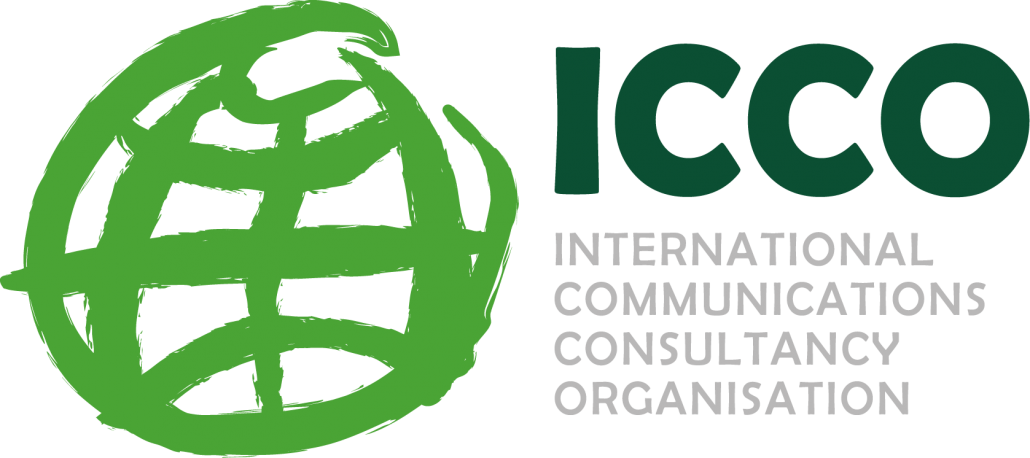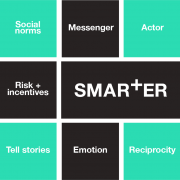Applying the science of human behaviour to the art of communications
Article by Dan Berry, Behavioural Insights Strategist, H+K Smarter, Hill+Knowlton Strategies
As communicators we have always known that people act in ways that are often surprising and seemingly irrational. People do not always switch to a better and cheaper product. Employees are sometimes resistant to change that would benefit both them and their company. Almost all of us do not save, exercise or eat as healthily as we know we should.
But it’s only in the last decade or so that behavioural science has begun to help us really understand why this is. To put it simply: our feelings and habits not only influence how we think, but are more important than our conscious and rational thoughts. What we then do, our behaviour, is likewise not usually driven by rational thought.
There’s a consensus in psychology and economics that this is true. It’s spurred the new discipline of behavioural economics and Nobel Prize winners. It’s led to the creation of teams of behavioural economists and similar specialists in the White House and the UK government – as well as at Facebook and all the big banks.
The PR industry needs to catch-up. We’ve moved on from the days where our primary expertise was a knowledge of how the media works. As more of our communications become direct to audience, we need to become expert in the science of how people actually think, behave and make decisions.
You may be thinking that the notion people are influenced by our feelings, emotions and habits isn’t controversial. You surely often draw on emotions in your own communication strategies. What’s new?
The answer is quite a lot. Whilst the human brain has hardly changed in thousands of years, our understanding of how it works has recently increased greatly.
For instance, people are hardwired to over respond to both positive and negative actions of others. We all feel obliged to give back to others the type of behaviour we have received from them. This is what you feel when someone gives you a Christmas card; you feel a strong urge to give a card in return. Communications professionals can do a lot more to harness and share this sense of reciprocity. This is just one behavioural insight.
These new insights are very important. Scientific research shows that rational communication approaches may be less effective than we might think and sometimes actively counter-productive.
The good news is that we now have a better than ever understanding of precisely which emotions or other instinctive thought processes matter – and in what circumstances. The science helps us to analyse the drivers for human behaviour as well providing the tools to better influence them. People may behave irrationally, but they behave in predictably irrational ways.
There is also a big positive to the seemingly unhelpful implication that human decision-making and behaviour is much more complicated than we previously thought. This makes our jobs more difficult but also more valuable: it would be much easier to influence a bunch of rationally calculating robots.
But to truly seize this opportunity, we need to be brave. Applying behavioural science will often mean changing the way we develop insights and solve problems. It is not a term to be used to badge or package the ways we worked yesterday.
This means we need to challenge the models and approaches we typically use and question whether they reflect the new knowledge we now have. We need to ensure they are not just a reflection of our own habits.
If we do then the potential is significant. Adding the science of human behaviour to the art of communications makes campaign ideas better as well as more buyable.
Dan Berry from Hill and Knowlton Strategies’ in-house behavioural insights team, H+K Smarter, will give some more examples and tools at the Global ICCO PR Summit on 30 September 2016 – iccosummit.org





